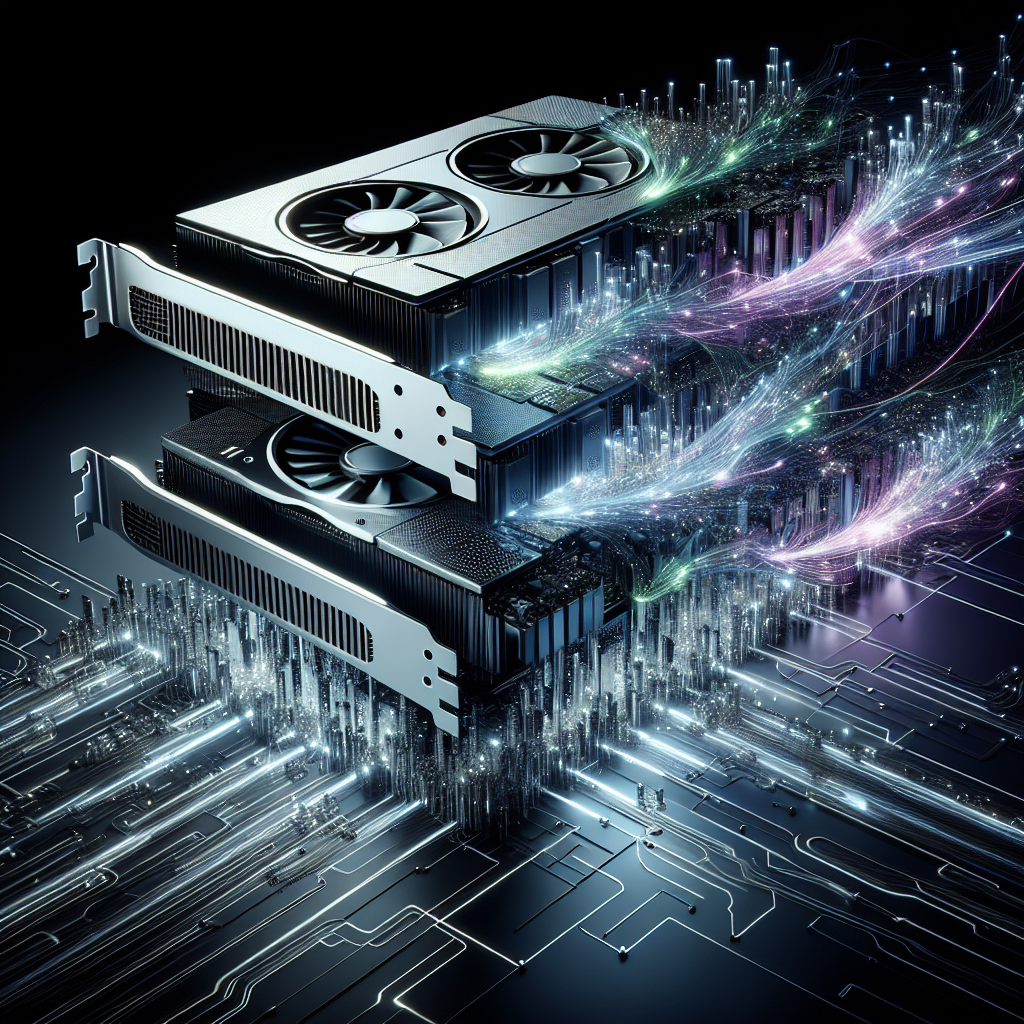The Future of HPC: NVIDIA’s Role in Advancing Computing Technology
High Performance Computing (HPC) has revolutionized the way we approach complex problems in science, engineering, and other fields. With the increasing demand for faster and more efficient computing power, the future of HPC looks promising. One company that is at the forefront of advancing computing technology is NVIDIA.
NVIDIA is a leading provider of GPUs (Graphics Processing Units) that are widely used in HPC applications. Their GPUs are known for their parallel processing capabilities, which make them ideal for handling large data sets and complex calculations. NVIDIA has been investing heavily in research and development to push the boundaries of what is possible in HPC.
One of the key technologies that NVIDIA has been developing is CUDA, a parallel computing platform and programming model that allows developers to harness the power of GPUs for general-purpose computing. CUDA has been widely adopted in the HPC community, enabling researchers and scientists to accelerate their simulations and data analysis tasks.
In addition to CUDA, NVIDIA has also been working on new architectures and technologies to further improve the performance of their GPUs. One of their recent innovations is the NVIDIA A100 GPU, which is based on the Ampere architecture and offers significant improvements in performance and energy efficiency compared to previous generations.
NVIDIA’s commitment to advancing computing technology goes beyond just hardware. They have also been actively involved in supporting the development of software tools and libraries that enable researchers to take full advantage of GPU acceleration. For example, NVIDIA has collaborated with leading research institutions to optimize popular HPC applications for their GPUs, making it easier for scientists to leverage the power of parallel computing.
Looking ahead, NVIDIA’s role in advancing HPC technology will continue to be crucial. As the demand for faster and more efficient computing power grows, NVIDIA’s GPUs will play a key role in meeting these needs. With ongoing investments in research and development, as well as collaborations with the HPC community, NVIDIA is well-positioned to drive innovation in computing technology for years to come.
In conclusion, the future of HPC looks bright, thanks in large part to companies like NVIDIA that are pushing the boundaries of what is possible in computing technology. With their cutting-edge GPUs, software tools, and commitment to innovation, NVIDIA is helping to shape the future of HPC and empower researchers and scientists to tackle even more complex problems.


